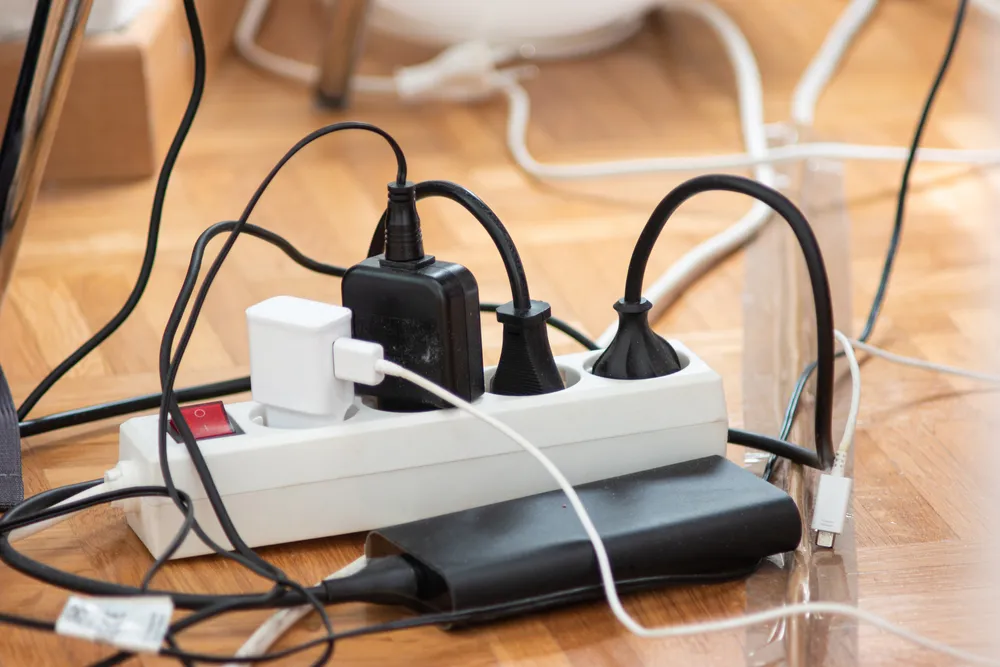Building a Culture of Electrical Safety: Risk Management for Businesses
November 18, 2025
Creating a workplace where everyone feels confident and protected starts with developing strong habits around daily operations and equipment uses. Many businesses overlook the smaller issues that slowly build into larger risks, but paying attention to the details helps prevent disruptions that affect productivity and long-term operational costs. By understanding how hazards appear and how they evolve inside different working environments, it becomes easier to create a culture that prioritises stability and reliability. Our experts working at Electrical Testing & Compliance Service (ETCS) know how a strong electrical safety culture can dramatically improve the way businesses function.
When safety becomes part of everyday conversations, people at all levels of a business tend to make more thoughtful decisions about how they handle equipment and communicate issues before they worsen. This mindset shift creates a more proactive work environment where hazards are spotted early and dealt with quickly. This approach eventually helps create systems that prevent downtime and maintain the wellbeing of everyone working in the space. When businesses choose to prioritise practical solutions that strengthen overall safety, they build a workplace that is dependable and ready for long-term growth.

Understanding how electrical hazards develop requires a close look at the daily routines and physical layouts within working environments. Businesses often underestimate how quickly hazards can form, especially in spaces with ageing infrastructure or heavy equipment use. Regular inspections and early intervention help prevent issues that can cause serious disruption. A consistent approach to monitoring risks allows businesses to maintain a safer workplace that operates smoothly throughout the year.
Many workplaces face different types of hazards depending on the equipment they use and how staff interact with their surroundings. Being able to recognise these issues early helps prevent situations where small faults grow into costly hazards. A clear understanding of risk patterns makes it easier for businesses to plan ahead and protect their people.
Taking proactive steps makes it easier to avoid issues that impact workflow or the lifespan of essential equipment. A structured approach ensures that checks are completed on time and that potential hazards are acted upon before they escalate. This helps keep work environments predictable and secure.
Building a culture of consistent awareness begins with encouraging staff to practise safe habits and understand their role in maintaining workplace stability. When employees feel supported and confident in identifying risks, safety becomes part of everyday behaviour rather than an occasional task. This shift helps strengthen the foundation of long-term risk management.
Electrical systems play a major role in how fire protection measures perform, especially in businesses that rely on multiple lighting systems and machinery to run daily operations. When electrical compliance and fire safety work together, the overall protection level strengthens significantly. Coordinating these systems also reduces the chance of unexpected hazards that occur when equipment fails. A combined approach improves reliability across the entire workplace.
Electrical systems are often closely linked to fire safety equipment, making regular testing an important part of ongoing risk management. When components are inspected and verified, fire-related equipment works more effectively in moments when it is needed most. This connection makes electrical testing essential for keeping workplaces prepared.
Scheduling inspections strategically helps businesses stay ahead of risks by ensuring all systems work together without conflict. Coordinated checks prevent gaps in safety planning and reduce the likelihood of overlapping hazards. This combined approach builds a stronger layer of protection for both staff and equipment.
When fire safety and electrical compliance are viewed as connected responsibilities, staff become more aware of how their actions influence overall safety. This combined focus makes training more effective and encourages employees to adopt safer behaviour. This awareness eventually becomes second nature.

Developing strong safety habits requires planning and practical systems that staff can easily follow. Risk management becomes more effective when everyone understands their responsibilities and has the tools to act quickly when issues appear. By creating processes that support safe behaviour, businesses set themselves up for long-term stability. These strategies help maintain a reliable and productive workplace environment.
Clear protocols help guide everyday behaviour and make responsibilities easier to follow. Business owners and managers play a key role in setting expectations and establishing systems that support safe operations. When leaders are consistent, staff naturally follow their example.
Emergency plans help businesses stay prepared and protect staff during unexpected situations. Regular reviews ensure these plans remain relevant as equipment or workplace layouts change. When everyone understands the process, responses become faster and more effective.
When employees take an active role in identifying and preventing hazards, workplaces become safer and more efficient. Staff involvement creates a shared sense of responsibility that strengthens overall risk management. This collaborative approach also helps uncover issues that might be missed during routine inspections.
Building a culture of safety takes time and genuine commitment from everyone involved in a workplace. When businesses invest in strong habits, collaborative communication and reliable equipment checks, they create environments that remain stable and productive even during unexpected challenges. These efforts help prevent downtime, protect valuable assets and ensure everyone feels secure while performing their daily tasks.
A well-maintained approach to hazard management also supports long-term growth because businesses avoid disruptions that impact workflow and reputation. By keeping employees involved, strengthening emergency plans and coordinating key inspections, businesses build a foundation that prioritises wellbeing and efficiency. At ETCS, our focus is on helping workplaces stay confident, compliant and ready for the future through practical and reliable safety practices.